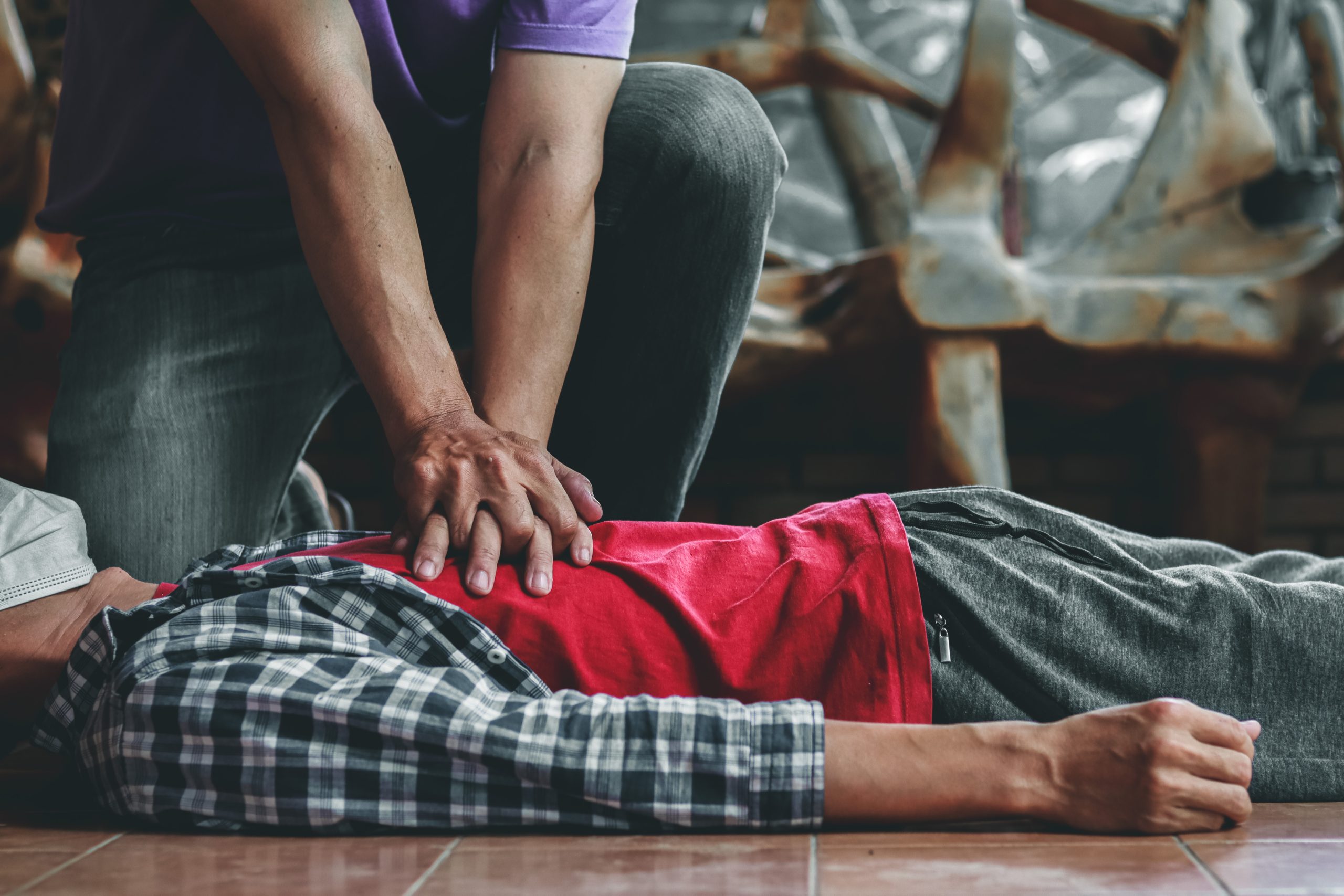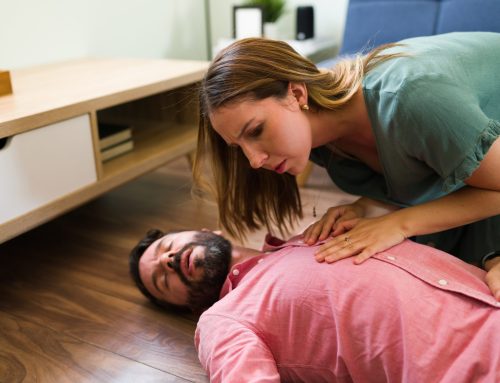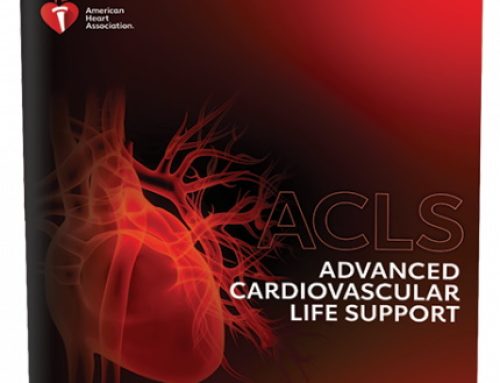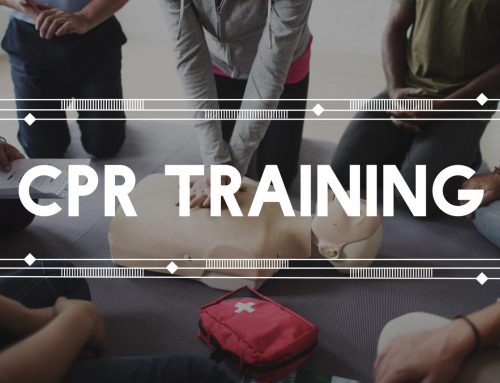In this article we go over how to perform Manual CPR
Cardiopulmonary resuscitation is a technique that we educate others on how to perform here in the Charlotte, Concord, Matthews, Rock Hill, and surrounding areas so that they can save lives. Also known as cardiopulmonary resuscitation (CPR). This is the procedure that can save a person’s life by keeping their heart beating temporarily until medical assistance arrives.
Using your hands is one of the ways that you can carry out this procedure that could save your life. The steps of Manual CPR (cardiopulmonary resuscitation) are going to be covered in this article.
CPR performed solely by hand
Are you interested in learning about cardiopulmonary resuscitation by doing it yourself?
An electrical abnormality in the heart that causes an irregular heartbeat (arrhythmia) and cuts blood flow to key organs such as the brain and lungs is known as cardiac arrest. This condition is one of the leading causes of death in the United States. Annually, the United States of America reports more than 350,000 cardiac arrests that occur outside of hospitals setting.
CPR, or cardiopulmonary resuscitation, must be performed on the victim as soon as possible following a cardiac arrest in order for the person to have any chance of survival.
It has been reported by the American Heart Association that approximately ninety percent of those who encounter a cardiac arrest outside of a hospital setting will not ultimately survive.
The odds of survival for a person who is having a cardiac arrest can be boosted by a factor of two or three if cardiopulmonary resuscitation (CPR) is performed as soon as possible after the event has occurred.
Draw Attention to the Person Who Is Important to You
In the event of an emergency, performing cardiopulmonary resuscitation (CPR) is likely to be your method of attempting to save the life of a loved one, whether that person is a child, a spouse, a parent, or a friend.
Quickly dial the number.
As the telecommunicator on the other end of the call assists you, you will be able to receive the necessary support in the event of an emergency.
Music has the potential to save at least one life.
The Bee Gees’ “Stayin’ Alive,” Beyoncé’s “Crazy in Love” with Jay-Z, Shakira’s “Hips Don’t Lie,” and Johnny Cash’s “Walk the Line” are just a few examples of songs that qualify as examples. People are able to feel more secure and enhance the possibility that they will remember the correct rate when performing hands-only cardiopulmonary resuscitation (CPR) when they train to the beat of a music that they are familiar with.
It is possible to identify the right rate of chest compressions to employ while performing cardiopulmonary resuscitation (CPR) by following the rhythm of the songs that were discussed earlier.
Find out how to avoid dying in just ninety seconds by reading this article.
Take a look at the brief music video. You can visit heart.org/handsonlycpr to see the instructional video on hands-only cardiopulmonary resuscitation (CPR) and to share it with the people who are important to you. After finishing hands-only cardiopulmonary resuscitation (CPR), which is an excellent beginning point, the American Heart Association recommends that everyone learn classical cardiopulmonary resuscitation (CPR). For information on how to find a CPR class in your region, visit atheart.org/CPR.
According to the American Heart Association, cardiopulmonary resuscitation (CPR) with chest compressions and breaths should still be performed on infants and children, as well as victims of drug overdose, drowning, or collapsing due to respiratory problems. Children and infants should also be given CPR.







Leave A Comment